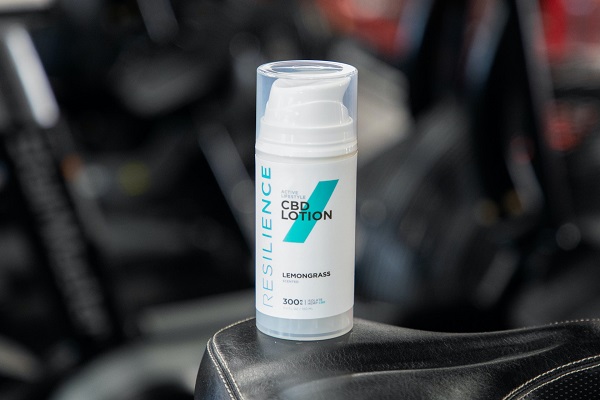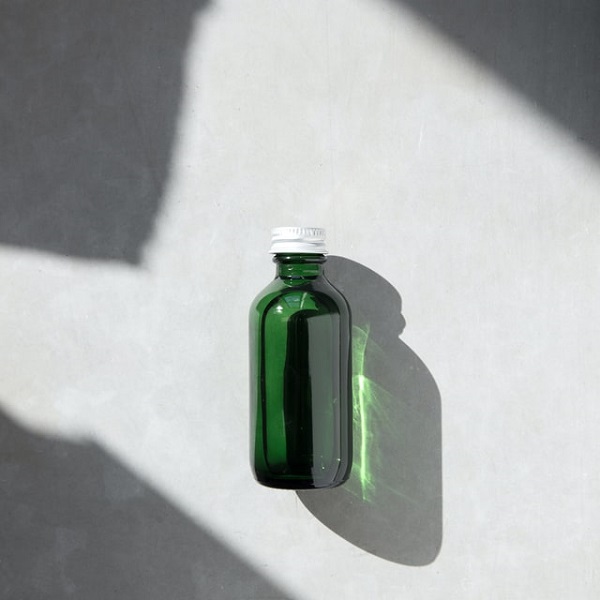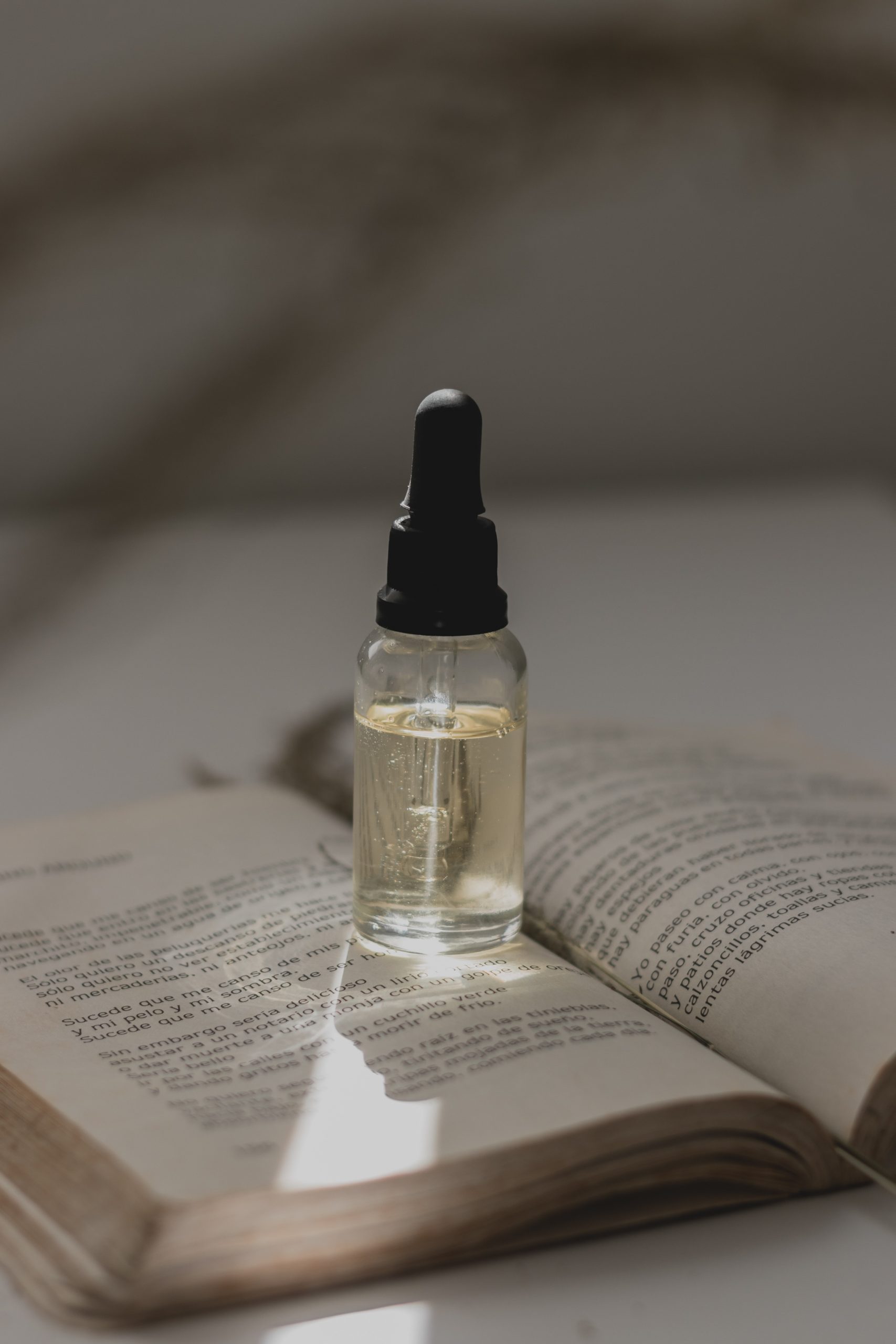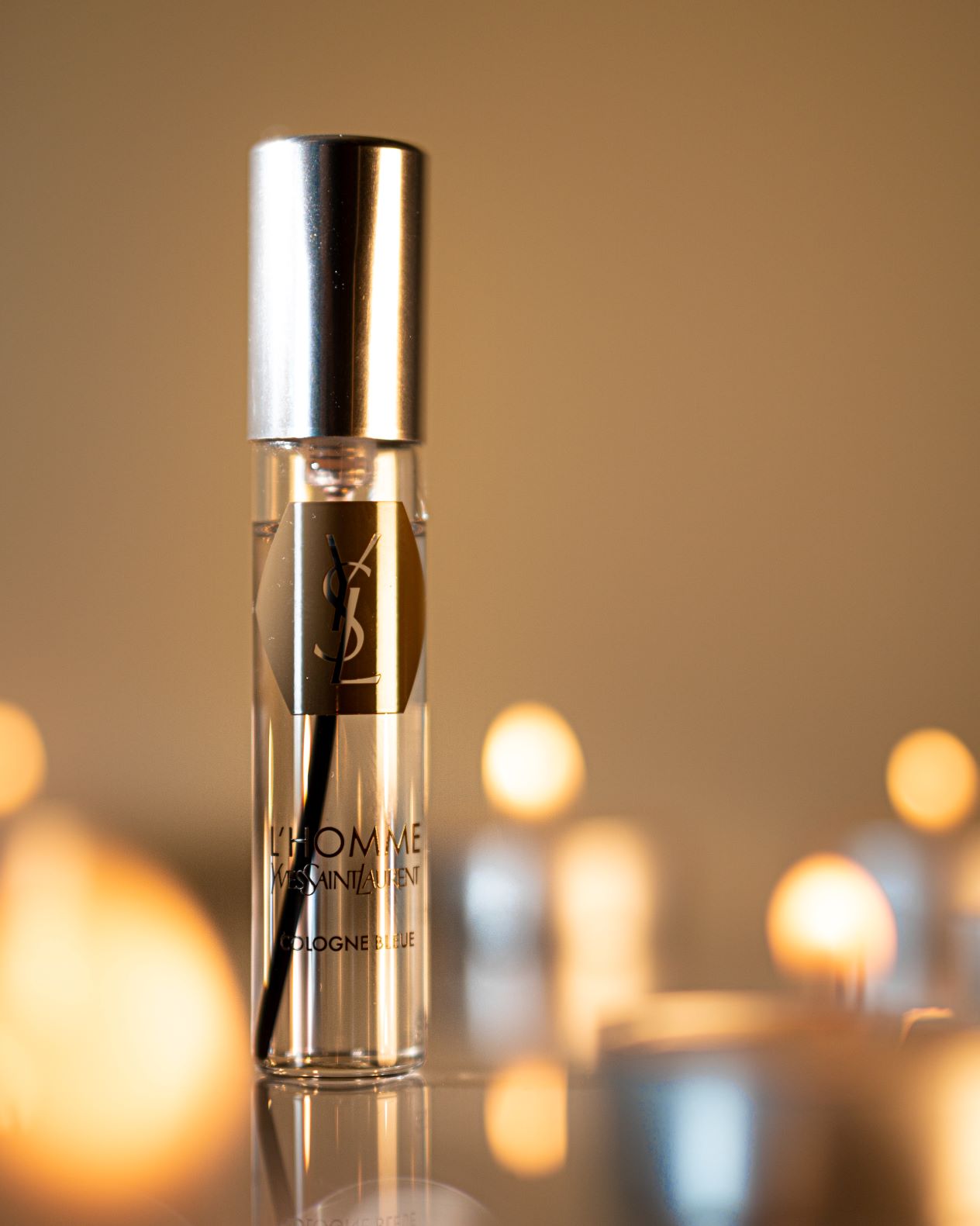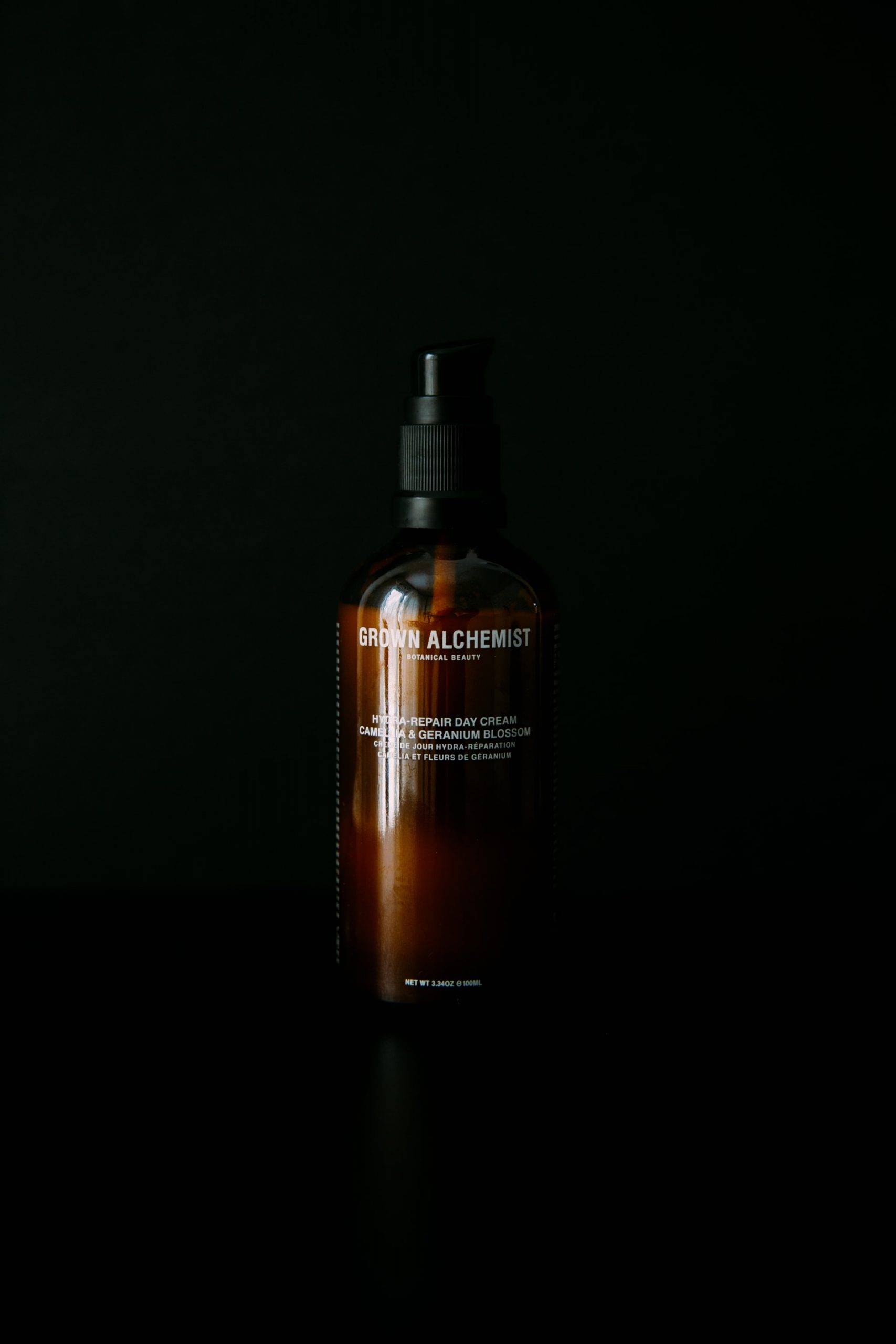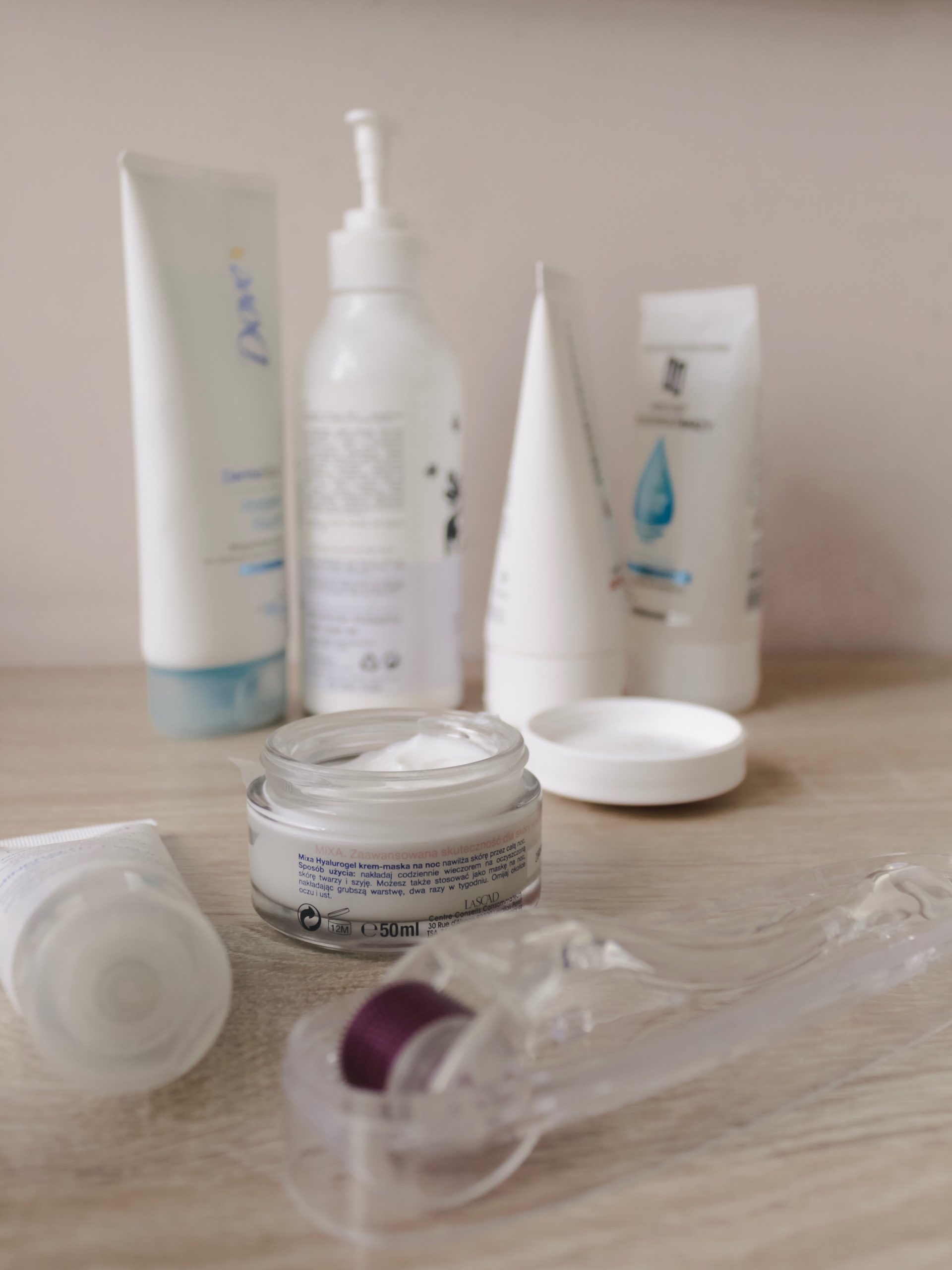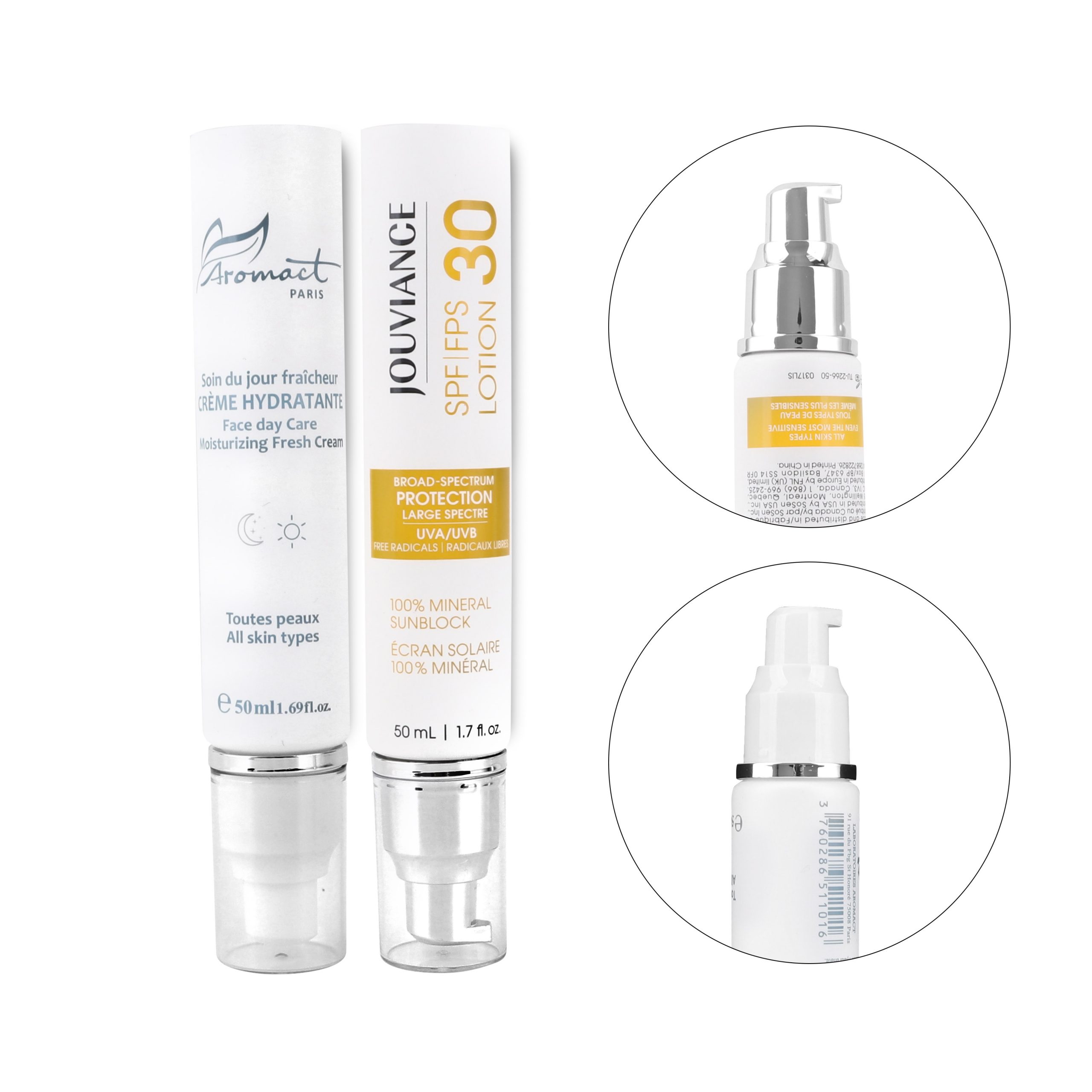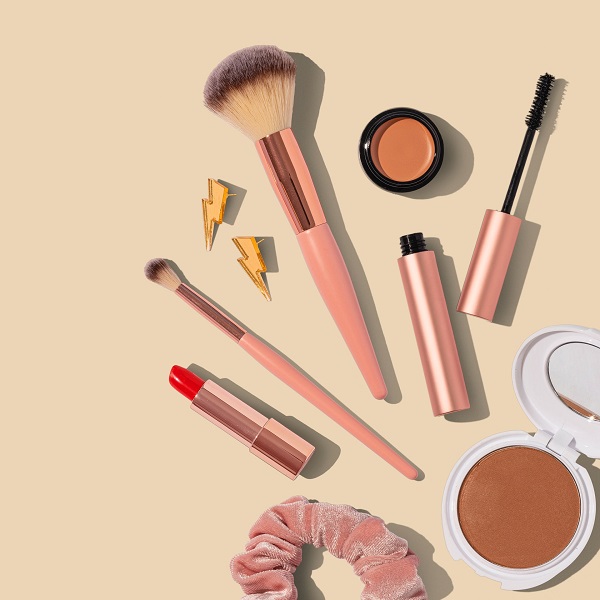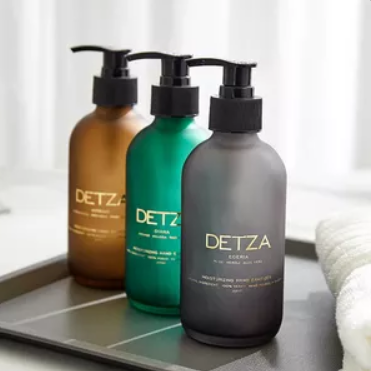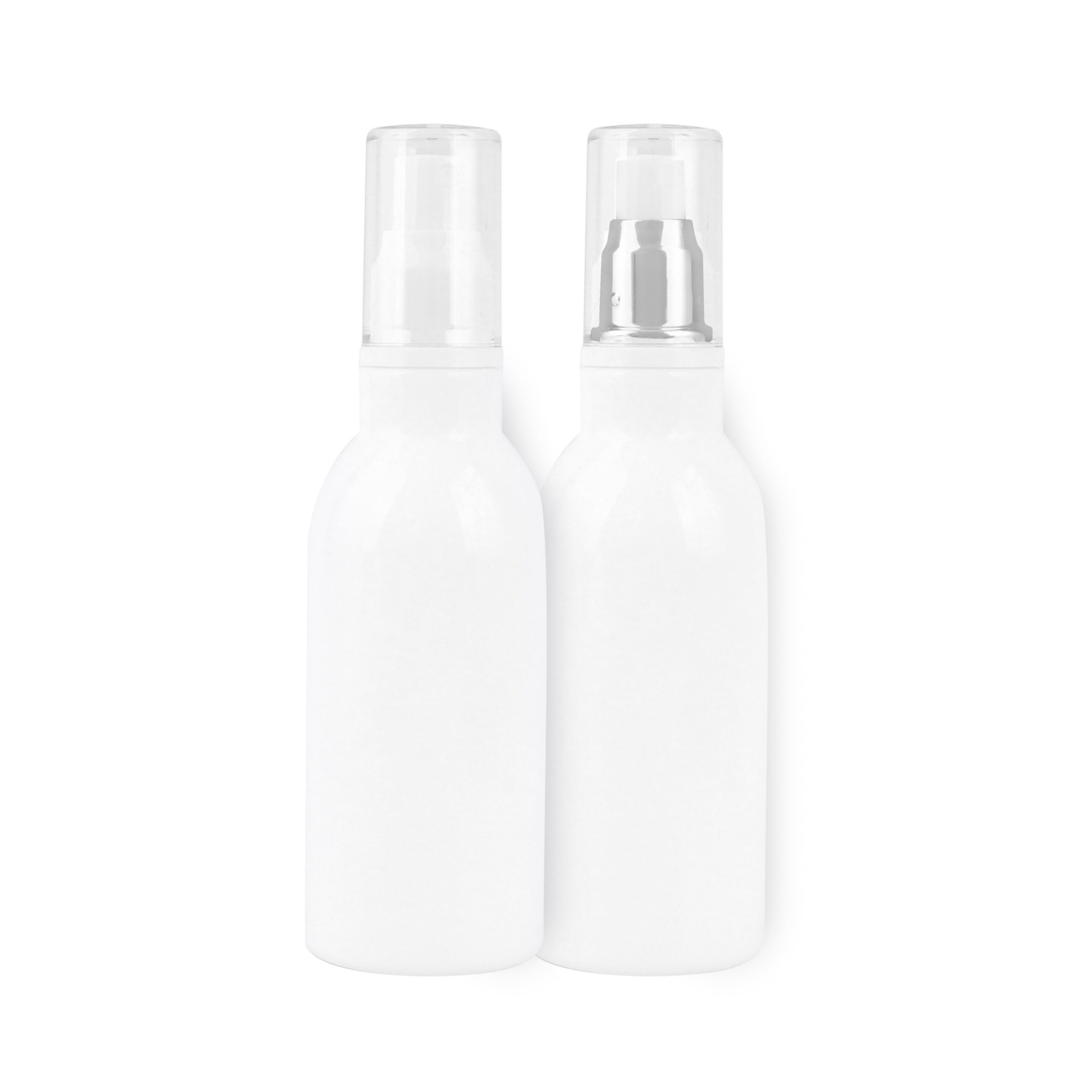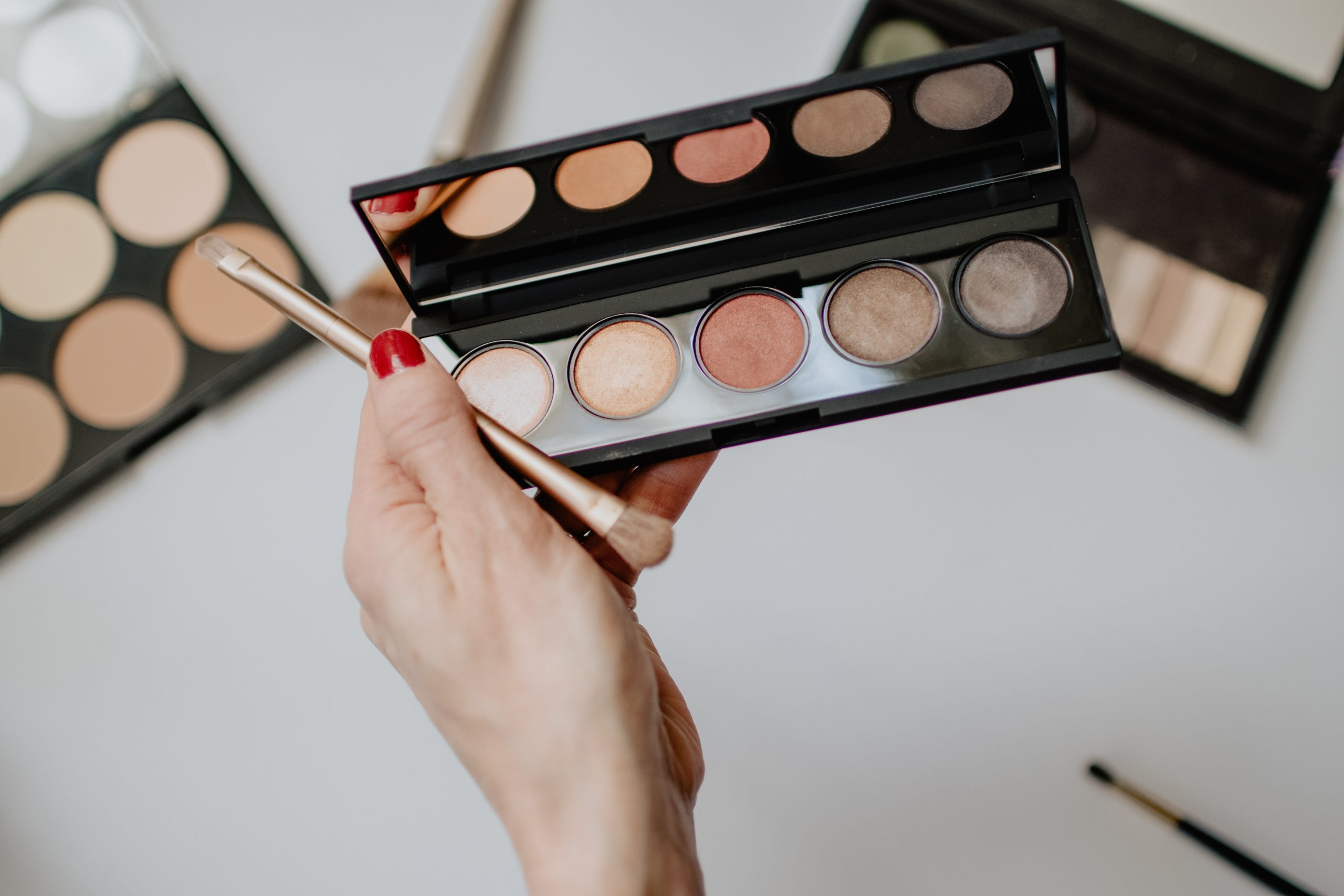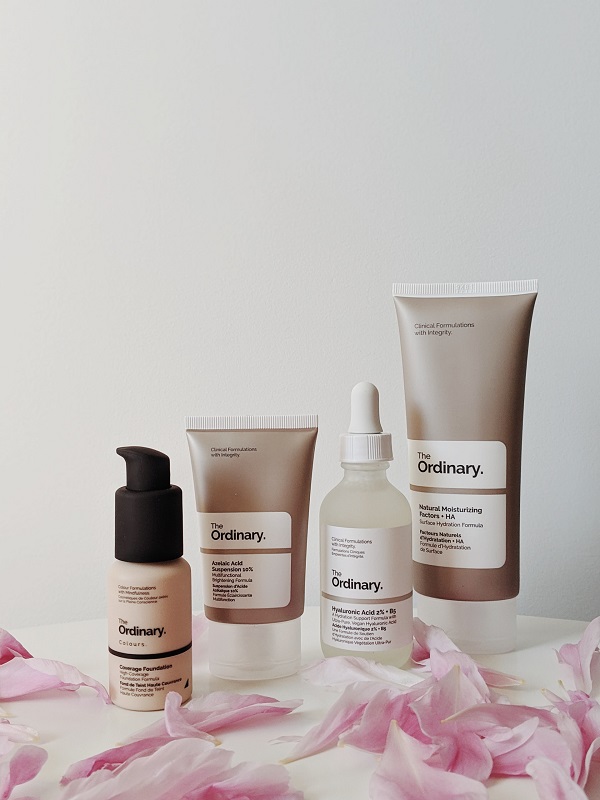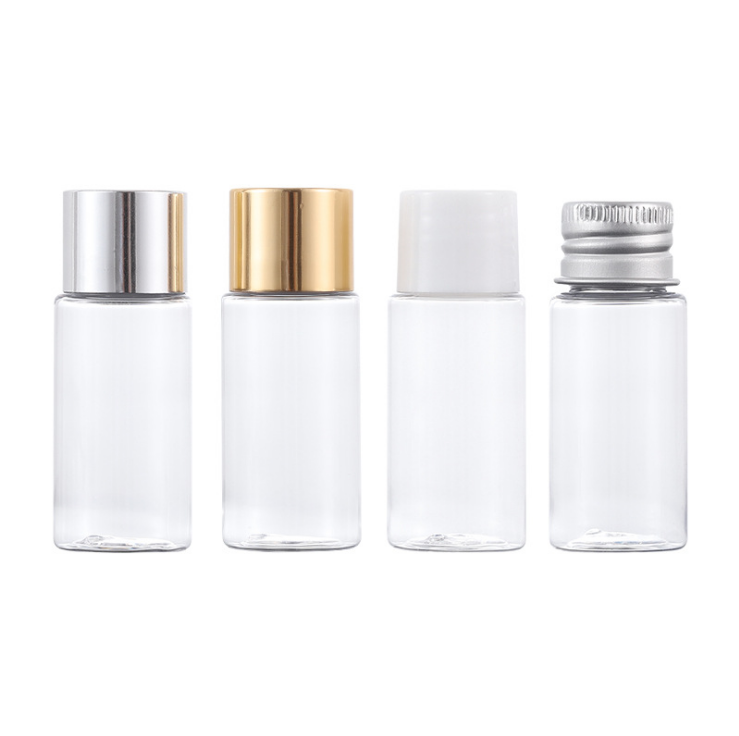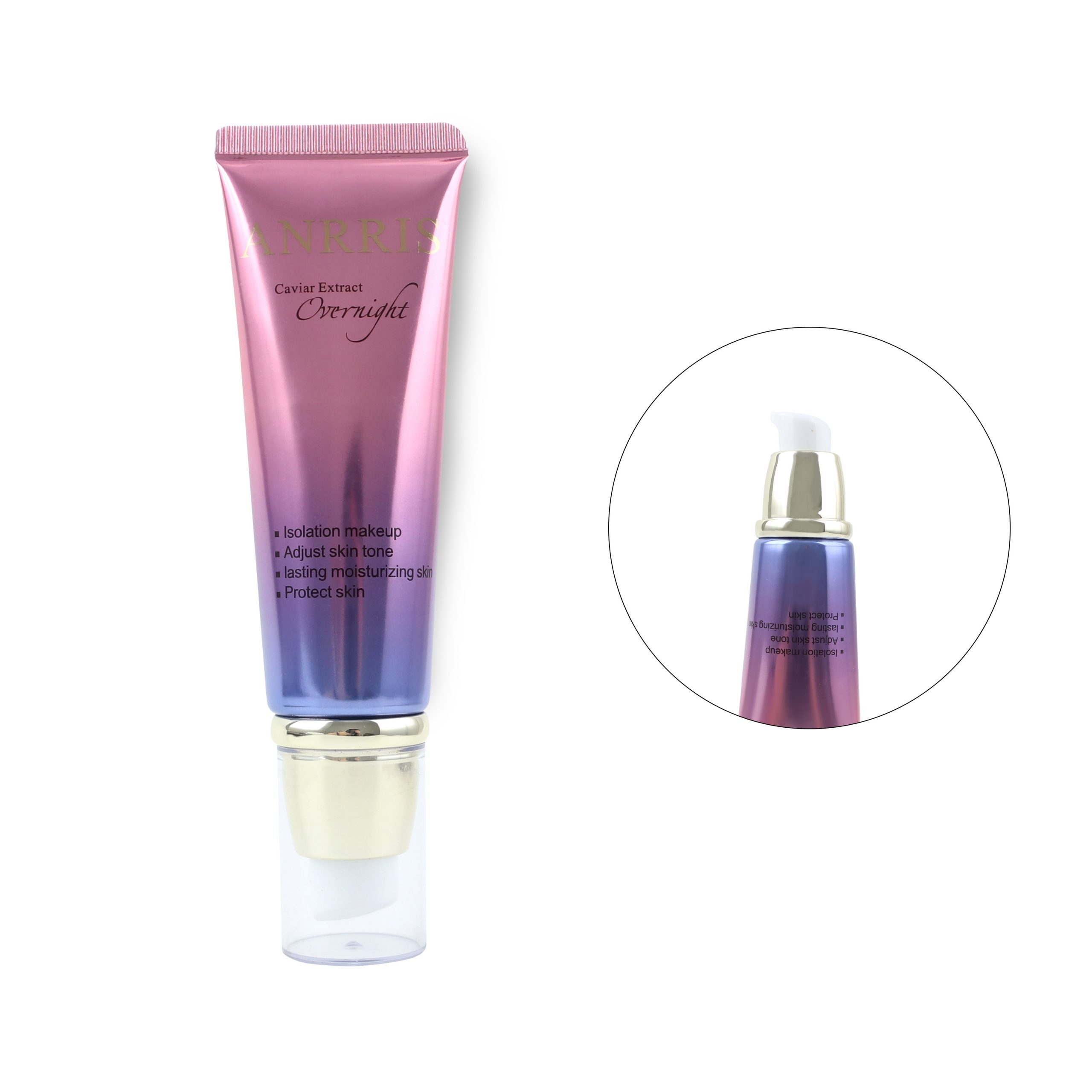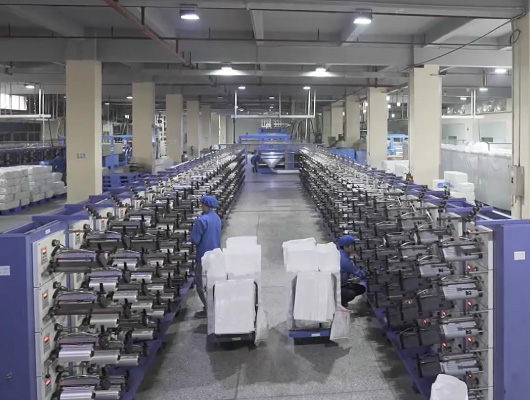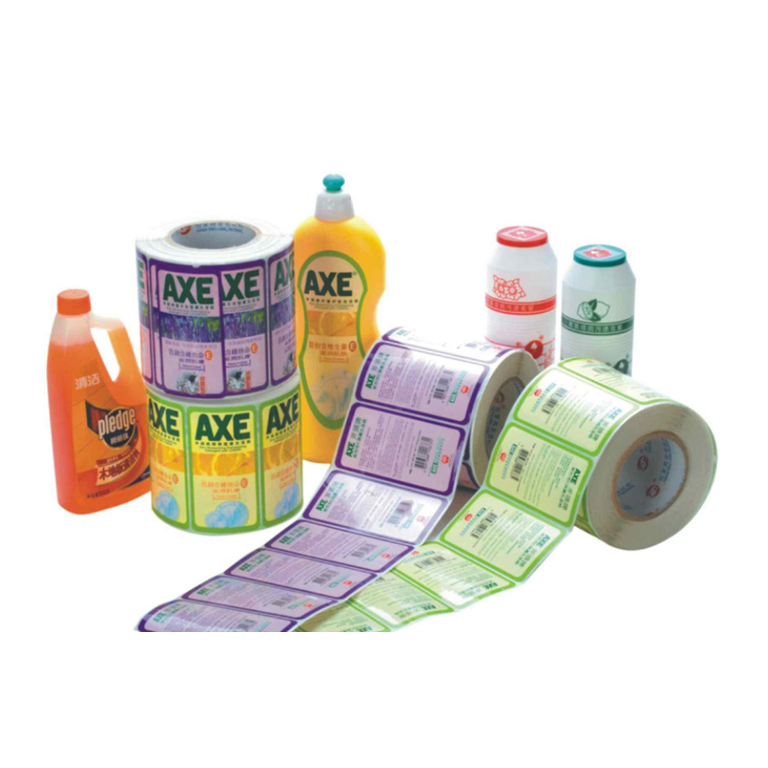Introduction
It is true that the contents of a cosmetic product are most important.
However, it is the container and packaging that consumers first come into contact with when they hold the product in their hands.
The impression of packaging design is also an important point of comparison with other companies products, even if consumers are more likely to base their decisions on the characteristics of the formulation, ingredients, and evaluation.
Some consumers are looking for a sense of luxury when they actually buy and use the product, while others are more concerned about the feel and ease of use.
In that sense, along with pricing, the key is to choose a container that fits the product concept.
Many container manufacturers have numerous containers of their own, and the choices are myriad.
The reality is that the more detailed the specifications of the container, the higher the price and minimum lot size.
In such a situation, you need to consider what you can do within your budget and create a container that makes an impression that is more than its cost.
Nowadays, various types of bottles for cosmetic packaging have become increasingly popular.
For you to choose the proper packaging for your products, we would share related information about the cosmetic packaging market.
After reading this blog, you can get most of your problems about personal care packaging solved!
The Blog will include the following content
Market Overview
The cosmetics packaging market reached a size of US$26 billion in 2020.
Going forward, the market is expected to grow at a CAGR of 5.1% between 2021 and 2026.
Market Growth Factors
Rising disposable incomes, the growing influence of social media, and an obsession with appearance are driving the demand for luxury cosmetics.
The introduction of travel-size packaging for consumer convenience is also fueling the growth of the market.
In addition, with the growing trend for sustainable fashion and natural cosmetics, several manufacturers have introduced push-up tubes and bamboo jars made from eco-friendly and recyclable materials.
They are also adopting innovative strategies to reduce the environmental impact of their packaging, such as developing tree-free paper using waste limestone from construction materials.
Other companies are advancing airless packaging and 3D printing technologies that allow consumers to customize products to their individual needs.
In addition, growing concerns about coronavirus (COVID-19) transmission via packaging surfaces have led these companies to focus on packaging coatings that have antimicrobial properties and can be sterilized with ultraviolet (UV) light.
Market Composition by cosmetic packaging Material
Let us explain the general cosmetic containers that can be used
First, we will start with the types by material.
The following two are the main lineup of materials for cosmetic containers.
Metal containers
Paper containers
Let me explain each of them.
Glass packaging
A container made from glass.
They come in a variety of shapes and sizes, from spray containers to pump containers, jars, dropper containers, and more.
They are characterized by their environmental friendliness and luxurious appearance.
However, they have the disadvantage of being expensive to manufacture and difficult to design, resulting in a small number of varieties.
Also, the risk of breakage is higher than in other types of containers, so a decorative box is essential, and additional cushioning materials are required.
Plastic packaging
These containers are made from resin. Most cosmetic resin containers on the market are made of resin.
The price and quality vary widely, with some being more price-sensitive and others more luxurious.
Because they can be manufactured in any shape, there is a very wide range of design options. However, the pursuit of luxury can cost more than glass.
Market composition by Types of Shape
What are the different shapes of cosmetic containers?
In general, the following four are considered to be the most common: 1.
Mascara containers
Let us explain each of them.
1. bottle container
A narrow-mouthed, elongated container of any size.
They are often used for shampoos, lotions, serums, etc.
2. jar container
Often filled with creams, gels, and other highly viscous products, often accompanied by a spatula.
There are many types and sizes of designs, and even a single manufacturer has many options.
3. Tube Containers
Like jar containers, these are used for highly viscous formulations such as creams and gels.
They cost less than jar containers and are more convenient to use, but maybe relatively difficult to create a luxurious feel.
4. mascara containers
Often used for cosmetics used around the eyes, such as mascara and eyelash serum.
They are generally elongated in shape and have a volume of 10 mm or less. The brush inside is also available in a number of options.
Market Composition by Specifications
So far, we have explained the materials and types of cosmetic containers based on their shapes. From here, we would like to explain the types by specifications.
There are five main types.
Pump Containers
Spray containers
Container with inner stopper
Dropper containers
Airless containers
Let us explain each of them.
1. pump container
It can be used for many cosmetics, from shampoo to lotion. Especially in the case of shampoo and soap, it is very convenient because the contents can be easily taken out from where the container is placed.
However, the cost is high because of the cost of the pump in addition to the cost of the container.
2. spray containers
Often used to fill liquid formulations with low viscosity, such as deodorants.
Although not as expensive as pumps, these specifications are also relatively costly.
3) Inner container
These containers do not use pumps or sprays but have a narrow entrance with an inside stopper.
This is less convenient because it requires turning the container upside down and shaking it to use it, but the cost is much lower, so it is often used.
4. dropper container
Often used for serums and serums with low viscosity and small volume.
Although it is somewhat inconvenient to use, it is often employed because it gives the impression of high efficacy.
5. airless container
A pump is used to prevent air from entering the container, which may be in a bottle or in a tube.
The characteristic feature of this type of container is that the contents can be stored fresh for a long period of time, but it is relatively rarely used due to its high production cost.
Market Composition by Volume
Less than 50ml
50-100ml
100 to 150ml
150-200ml
Over 200ml
Market Composition by Cosmetics Type
Haircare
Color cosmetics
Skincare
Men’s grooming
Deodorant
Others
Market Competitive Landscape
Some of the major players in the global cosmetics packaging market include
Albea Cosmetics America Inc
Amcor Plc
AptarGroup Inc
Berry Global Group Inc
Cosmopak Corp
DS Smith PLC Gerresheimer AG
Graham Packaging Company (Reynolds Group Holdings Limited), Huhtamäki Oyj
Libo Cosmetics Co. Ltd
Sonoco Products Company among others.
The Popularity of Cosmetic bottle /dropper bottle
The market for cosmetic bottles is projected to grow at a high CAGR of 2.9% during the forecast period (2021-2028).
Cosmetic bottles are more durable and easier to handle than other packaging types.
Manufacturers favor plastic bottles for cosmetic packaging due to their low manufacturing costs and a wide variety.
Since they are used in the personal care business, ecological issues and human health impacts are taken into consideration. Manufacturers strictly adhere to strict government guidelines.
Market Trends
The cost-effectiveness and durability of plastic cosmetic bottles in particular are expected to drive the market. However, substitutes are likely to hamper the global cosmetic bottle market.
Cost-effectiveness and durability of cosmetic and plastic bottles
Cosmetic bottles are more efficient packaging materials than comparable products because of their cost-effectiveness and durability.
They are increasingly being used in the cosmetics business because they minimize packaging costs.
Manufacturers have focused on processes to make plastic containers safer due to concerns about their ecological impact.
Reuse has also led to greater development of plastic bottles in the cosmetics business.
Plastic bottles have been the preferred method of packaging personal care items, and in June 2021, L’Oréal announced that Biotherm will be the first among its brands to launch bottles made of plastic that is completely recycled through Calbiose enzyme technology.
The technology developed is suitable for all types of PET and allows these plastics to be recycled indefinitely.
L’Oréal first launched a consortium with Calvios in 2017 to promote the development of innovative plastic recycling solutions.
The existence of multiple alternatives hinders the expansion of the cosmetic bottle market
There are a variety of alternatives to cosmetic bottles on the market, including tubes, jars, containers, blister and strip packs, aerosol cans, and folding cartons.
Some of them are less expensive and more efficient than cosmetic bottles. Aerosol cans are widely used by cosmetics packaging companies because of their spray-on advantages and airtightness.
How long is the lead time for cosmetic containers?
Actually, it can take 2-4 months to arrange cosmetic containers.
If jar containers require vapor deposition or printing, it is best to assume that it will take 4 months.
Also, tube containers and mascara containers are the shortest and can be arranged in 2 months in most cases.
Reducing Lead Time for Cosmetics Containers
We have told you that the time required to manufacture cosmetic containers is very long, and we would like to explain what you can do to shorten that time.
First of all, it is important to keep in mind that once you start product development, you should finalize and order containers as soon as possible.
If you are in a hurry to develop your product, it is also important to choose a container with specifications that require as little processing as possible.
For example, since the original color of the resin is white, if the product is to be used in its white form, no deposition processing is required, and in some cases, a month or so can be shortened at that point.
If the printing process is also eliminated and the label is used, the time can be further shortened by one month to two months, so it is a good idea to make a decision while confirming the details.
Container lots for cosmetics manufacturing
When manufacturing cosmetics in minimum lots, not only the production lot of the filling plant but also a lot of materials must be considered together.
Although it depends on the container manufacturer, basically 500 to 1,000 pieces are common in the absence of deposition and printing. There are also container makers that will accept orders of 100 pieces or more, although this is more expensive.
When printing is involved, most manufacturers will offer from 1,000 pieces, and when it comes to vapor deposition, many manufacturers will offer from 3,000 pieces.
Printing on bottles for cosmetic packaging
Although printing on cosmetics containers and packages looks the same at first glance, there are actually various printing methods.
The following items are explained here.
Silkscreen printing
Pad printing
Offset printing
Hot-dry printing
UV printing
Inkjet printing
Coating
Vapor Deposition
Hot stamp printing
Shrink
In-mold printing
Adhesive labels
*The methods employed differ depending on the container (material) manufacturer, finish, quality, etc.
Silkscreen printing (silk printing)
A technique for printing by using a silkscreen made of nylon, Tetoron, or other synthetic fiber (silk used in the past) attached to a frame, filling the mesh of the silk with emulsion in areas not to be printed, and rubbing the paint with a squeegee while applying pressure.
The printing process is repeated by printing one color and drying, and a printing plate for the number of colors is required. *Color compositing is not possible.
The printed ink layer is thicker and less affected by the substrate.
Because of the possibility of positional shifts, gradation, and gradation expressions color photographs cannot be printed. Uniform application to the printed surface is required.
Printing cost is high.
Pad printing
ink applied to a metal intaglio plate is scraped off, and the ink remaining in the recess is transferred onto a flexible silicone pad, which transfers the ink to the container.
The pad then transfers the ink to the container.
Ink thickness is slightly thinner than silk printing.
*If the color of the container is dark, the coloring may be poor or slightly sunken depending on the printing color (e.g., light color).
Because of the possibility of a shift in position, gradation, color photos, and other gradation expressions cannot be used. The printing surface must be uniformly coated.
Offset Printing
Offset printing is often used for high-grade paper media such as brochures and catalogs, but offset printing is also suitable for printing delicate designs and fine text on containers.
Offset printing is especially suitable for colorful printing. (Offset printing is especially suitable for colorful printing.)
*Plate cost is required for each color
The ink is so thin that printing a light color on a dark container will affect the color of the container. (Colors may not come out well or become slightly sunken.
Hot-dry printing (quick-drying method using heat drying)
A drying method is based on the evaporation of volatile components by heat (infrared rays), which takes a long time to dry and requires large amounts of energy.
Furthermore, this method is not suitable for mass-produced products due to the manual labor involved.
The thickness of the coating film after drying varies depending on the ratio of volatilized components. In addition, volatile components must be removed by exhaust treatment to avoid air and water pollution.
UV printing (fast-drying method with UV irradiation)
UV printing refers to printing using UV inks that cure and dry when irradiated with ultraviolet light. This drying method is suitable for mass production because it provides instant curing (dries in less than 1 second).
Also, since the ink is 100% solid, the thickness of the coating film after drying is the same as the thickness of the coating film before drying. UV printing is used for most cosmetics package printing.
Inkjet Printing
A familiar printing method used in home printers, this printing method (non-contact, non-pressure printing) injects ink through a nozzle, electrically charges the ink, and deposits the ink in particle form on the printed material.
In addition, printing is performed based on data from a PC, eliminating the need for a plate.
In the case of single-color printing, it is used to indicate the date of manufacture of products.
Full-color printing can be used for a wide variety of packages.
Printing in small lots is possible and cost-effective
Printing is possible even on containers with uneven surfaces (unevenness varies from manufacturer to manufacturer)
Coating (container coloring)
Dough bottles are dried at high temperatures in a drying furnace, and dust removal and spray painting (spindle method, etc.) are performed.
Various methods are available, such as matte coating to produce a frosted glass-like texture without luster, gradation, pearlescent or metallic effects, etc.
Evaporation Deposition (Vacuum Deposition)
Gold or silver plating can be applied to give a heavy, glossy, metal-like finish. (e.g., plating of the entire cap, etc.)
Hot stamp printing
This method adheres gold or silver foil to the surface. It is called this because a heated letterpress is pressed on top of the foil.
Hot stamping is used for brand logos and marks that shine in gold or have gold or silver lines in the shape of a ring, giving the product an even more luxurious feel.
Gold and silver are the most common colors, but there are many other colors available, and you can choose whether to have a glossy or non-glossy finish.
Shrink
This method covers the container with a pre-printed shrink film, which shrinks when heated and is then attached snugly to the container.
The advantage of this method is that it allows for a large printing area.
In the past, gravure printing and letterpress printing, which are suitable for mass printing, were used for this method, but in recent years, on-demand printing using digital printing presses has made it possible to print small lots.
In addition, polyester (PET) and polystyrene (PS) are commonly used as film materials.
In-mold printing (insert mold printing and indirect printing method)
In-mold labels are almost one piece with the plastic container and appear to be printed directly on the label.
Basically used for blow-molded bottles, the material resin is placed in a mold that is divided into two halves, which are then joined together to form a container by expanding the resin with heat.
At that time, the printed label is also placed in the mold and fused to the container by heat.
The heat from the heated resin activates the adhesive on the label’s inner surface, bonding it to the label and integrating it with the molded product.
(Injection molding is mainly used for cup-shaped containers.)
Label printing is done by offset or gravure printing. Both are water-resistant and suitable for products such as shampoos, body soaps, and detergents that are used around water for long periods of time.
Adhesive labels (tack labels and stickers)
Adhesive labels are also called tack labels or stickers.
The entire or part of the backside is coated with an adhesive to maintain adhesive strength for a relatively long period of time.
There are various types of adhesives, such as strong adhesive, weak adhesive, and clean peelable types, depending on the application.
In most cases, labels are delivered with the label attached to a backing called a separator.
Recently, however, labels without a separator, which are delivered with the label surface processed in the same way as the separator and overlaid on the label surface, are also increasing.
Printing is mainly letterpress (offset printing in some cases). Materials include paper, film, and synthetic paper.
Wholesale Cosmetic Packaging Supplies Australia
Weltrade packaging
Since 1994, we have been providing creative custom solutions for packaging needs.
We offer a wide variety of options and features to get the look you want at an affordable price without sacrificing quality or service!
Whether you’re looking into tubes (tubes), bottles/ jars, pumps spray airless packaging–we’ve got it all here with us.
You can also find customization services such as label printing on sleeves which will make sure no one forgets about them when they’re being distributed around town; just contact our team today if this sounds like something up your alley
Product Range
New directions Australia
With a long history in the industry, New Directions Australia has been able to establish itself as one of its top companies both locally and internationally.
From formulated skincare products made on-site at their ISO/GMP certified factory complex based out Sydney;
They also operate many other facilities throughout Aussie where different types or brands are manufactured including cosmetics which account for over half of annual sales!
This market leader’s success can be attributed largely due not only to strict quality standards that go hand-in-glove with high tech equipment like digital mixers but because their teaming expertise when it comes to getting ingredients mixed together correctly while
Product range
- Essential & Other Oils
- Certified Organic Products
- Botanical Hair & Skincare
- Raw Materials & Cosmetic Ingredients
- Herbs and Extracts
- Wellbeing Products
- Bottles, Jars, Caps, Containers
- Mineral Makeup & Accessories
- Bags, Boxes & Wrapping Solutions
- Design & Creative Services
- Workshops & Courses
- Help Desk & Advice
- Contract Manufacturing
- Filling & Repacking Services
- Preservative Efficacy Testing
Prempac Packaging Australia
We’re proud to say that our team has over 90 years of combined experience in packaging, print, and labeling.
We know how important it is for you as a customer or potential client! With this vast knowledge comes expertise on all things related: from recycling supplies to marketing tricks – we’ve got what your business needs at every stage of growth (and also when times get tough).
We value each individual’s success just like ours because without customers like yourself who choose us time after again; there would be no reason behind these words written here today
Product Range
- PLASTIC BOTTLES
- PLASTIC JARS
- TUBES AND TOTTLES
- GLASS BOTTLES
- GLASS JARS
- ACRYLIC JARS AND BOTTLES
- AIRLESS BOTTLES
- ALUMINIUM
- PUMPS
- SPRAYERS
- MAKE-UP
- SPATULAS
- COSMETIC ACCESSORIES
Synergy Packaging
Synergy Packaging is committed to providing high-quality, recyclable packaging that makes products attractive.
We provide a range of solutions for different industries with the aim of improving our services while respecting everyone involved in making these improvements happen – employees, customers, and the environment alike!
Product range
